Best Plants for a Beautiful Winter Garden in Colorado
If you are an avid gardener and plant enthusiast like me, winter might be your least favorite season in the garden. The bright foliage has turned brown and fallen to the ground, the buzzing bees are hibernating, the twittering hummingbirds have migrated to warmer climates and our favorite colorful blooms have gone dormant.
However, there is a unique beauty to the quiet and calming winter garden. There are also opportunities to enjoy color, structure, texture, and visual interest in the garden in spite of the frigid weather.
As a landscape designer based in Colorado, where we have long and cold winters, I know how important it is to make sure the winter garden continues to bring joy to our plant-loving hearts. Read on to find out how I create Colorado landscape designs that bring life and beauty to the winter garden during the coldest months of the year.
Native and Bird-friendly Plants for the Colorado Winter Garden
No matter where you live, native, bird-friendly plants are your best bet for creating color and visual interest in your winter garden. Many native plants can supply habitat, food, and shelter for local birds and pollinators throughout the year. For that reason, the vast majority of the plants I recommend below are native to the Colorado area.
As a general rule, at least 70% of plants in your landscape should be native to your area, with the other 30% being the non-native plants you love. Admittedly, some of the plants I adore aren’t native, so I certainly don’t shun them – I simply increase diversity with more native plants in my garden.
Nothing is going to liven up a winter garden more than local birds. I love to see a pop of beautiful blue from a Blue Jay or the cheerful yellow plumage from a Cedar Waxwing against the snow. It’s so joyful to hear their songs and see them feasting on the fruits my garden is providing. For this reason, I lean heavily on plants that offer food and habitat to local birds during the wintertime.
Evergreens for Winter Interest in the Colorado Garden
Evergreens offer winter interest in the Colorado garden by retaining their foliage year round. Because they do not lose their leaves or needles, they provide color, privacy, and bird habitat to the landscape in every season including winter.
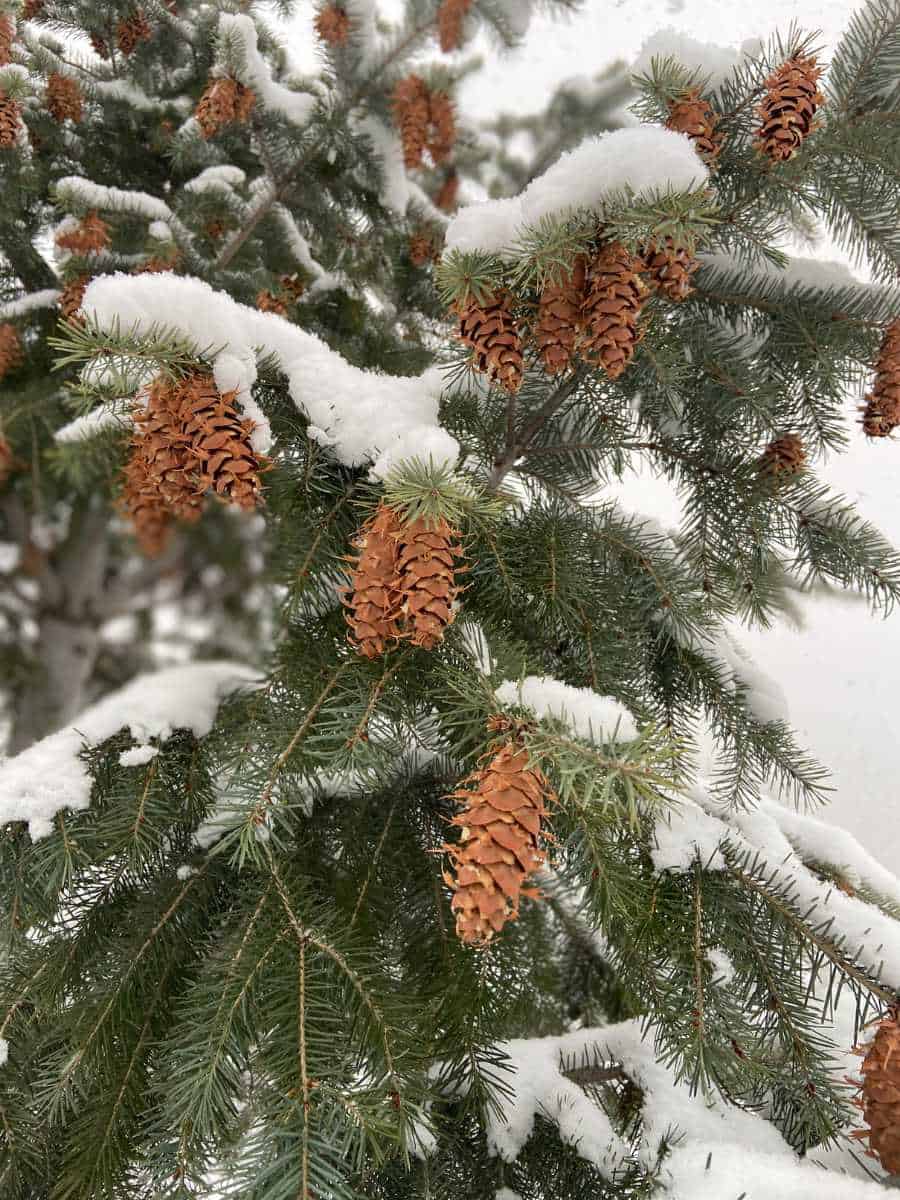
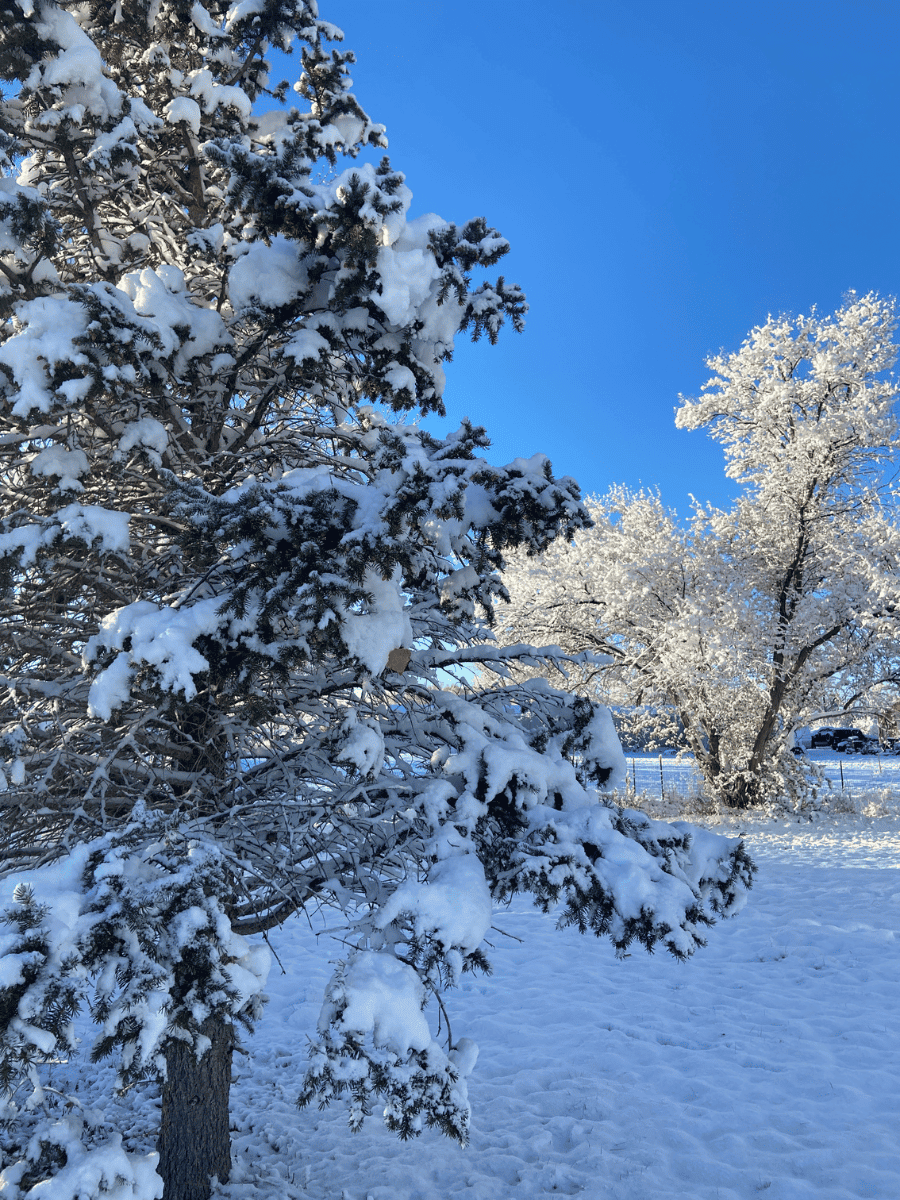
Colorado Blue Spruce
No plant is more iconic to the winter garden than the Colorado Blue Spruce (Picea pungens).
Spruces make their way into most of my designs in some way, shape, or form. They offer a unique icy blue color that compliments and contrasts with other foliage colors such as deep green, chartreuse, and burgundy.
They also come in a variety of sizes and shapes, from the tiny St Mary’s Broom Spruce (3’x3′), to ‘Baby Blue Eyes’ (25’x15′), to the huge standard form (50’x20′).
Besides providing year-round color, texture, and shape, a snow-covered Colorado Spruce always makes for an iconic winter wonderland scene.
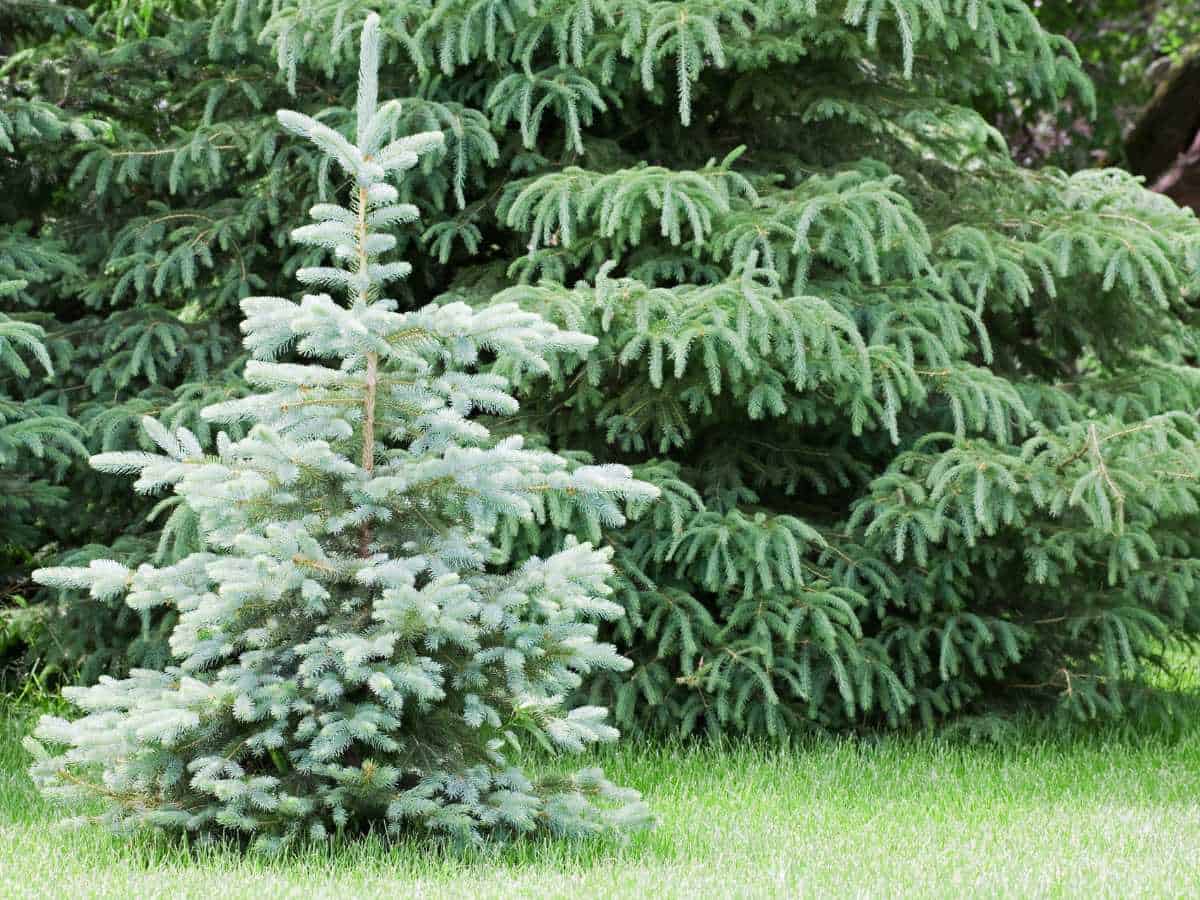
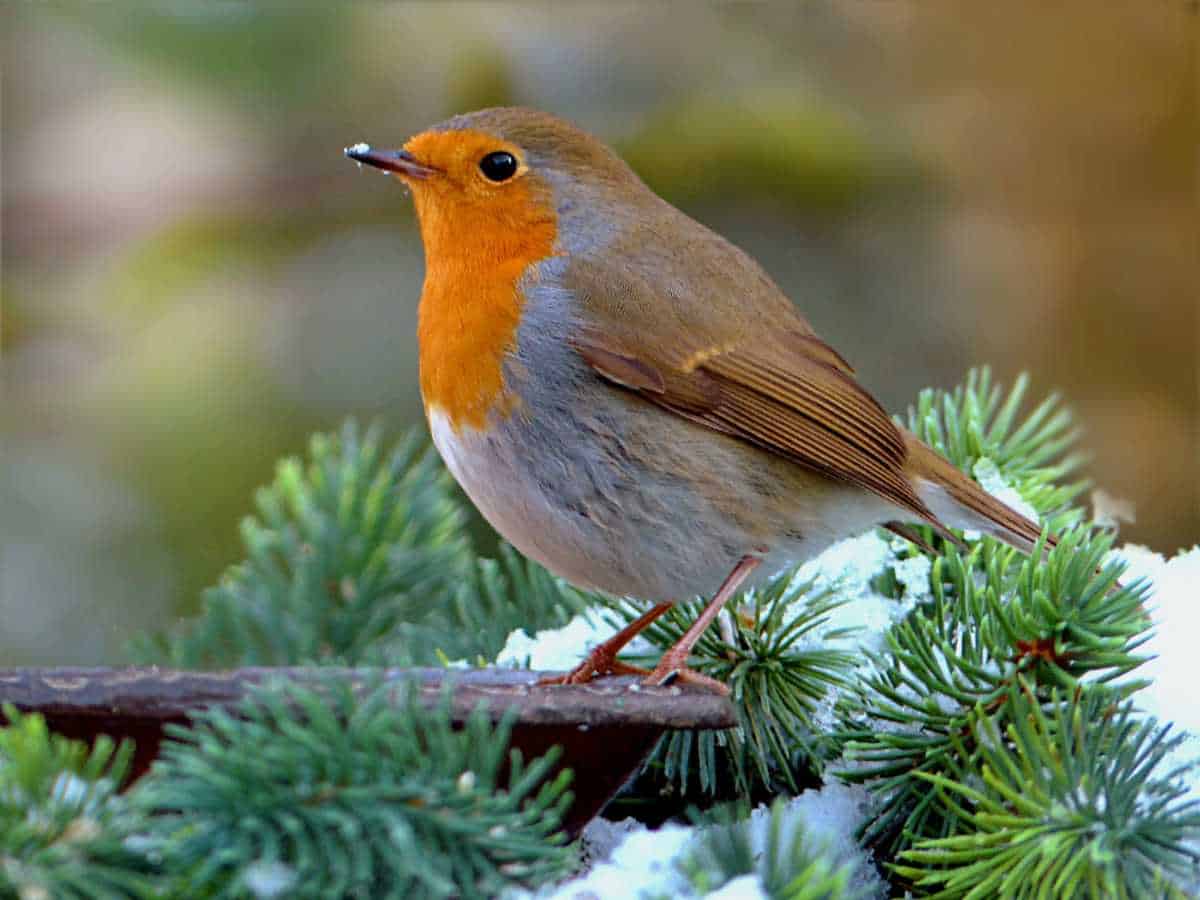
Pine
Pines are another evergreen that provide graceful needles and lovely little cones while most other plants are dormant. Like Spruces, Pines come in various shapes, colors, textures, and sizes.
One of my favorite Pines is the Dwarf ‘White Bud’ Mugo Pine (Pinus mugo ‘White Bud’). The beautiful buds of each shrub have a white resinous coating that compliments the winter landscape. With a mature size of 3’x3’ this miniature pine offers a compact option for cold weather color no matter how small the yard or garden space.
Another of my favorite Pines is the Colorado native Pinon Pine (Pinus edulis). This compact and stout evergreen tree (usually 20’x10’) makes a great privacy or windscreen and provides edible pine nuts for the birds and other wildlife in winter.
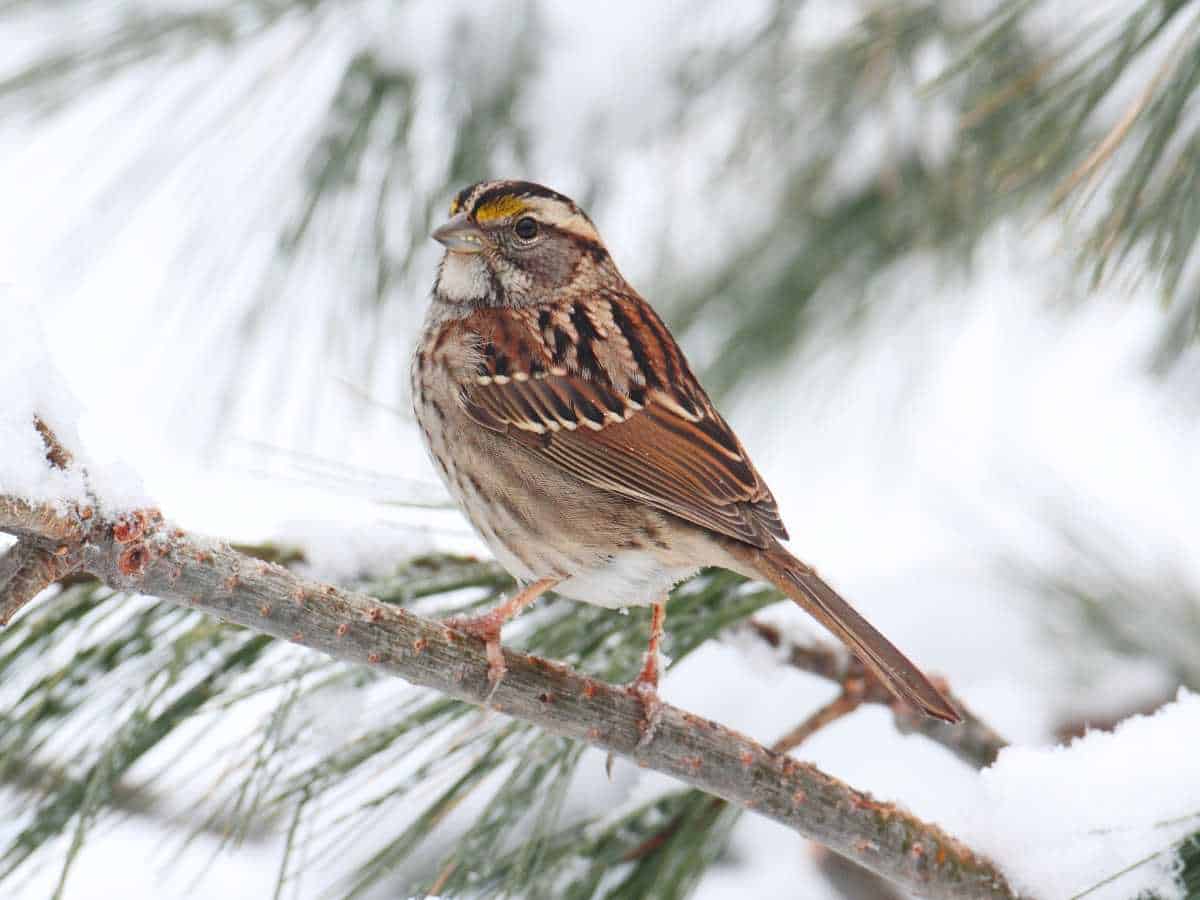
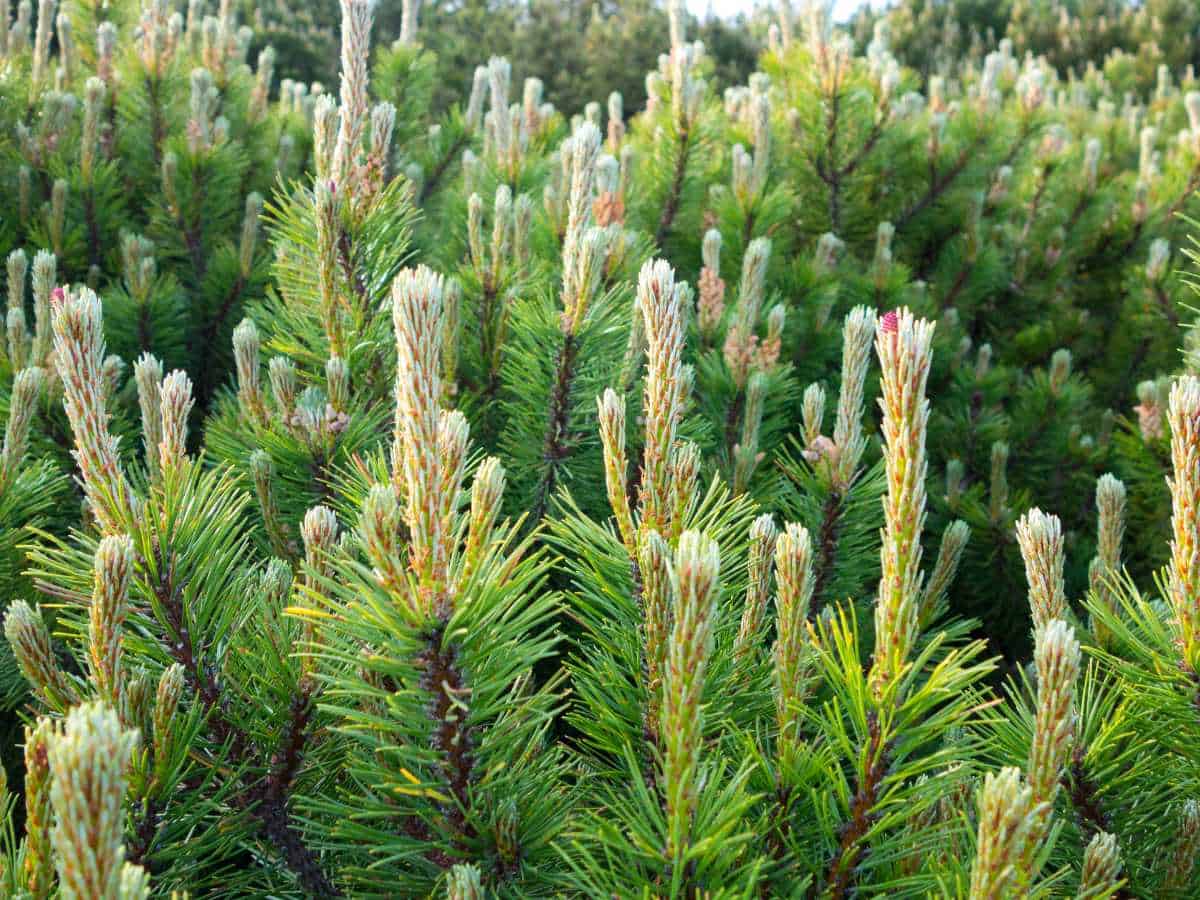
Juniper
While many of my clients claim to not love Junipers when we first chat, I stand strong in my opinion that Junipers are one of the BEST evergreens for Colorado and the Desert Southwest region. Rocky Mountain Juniper (Juniperus scopulorum) is native to most western United States and is extremely well adapted to the climate in Colorado.
Rocky Mountain Junipers come in a variety of colors, shapes and textures.
I frequently put the very upright and columnar ‘Woodward’ Juniper (Juniperus scopulorum ‘Woodward’) (20’’x3’) in landscape designs for narrow spaces where year-round privacy is needed.
I also love ‘Moonglow’ Juniper (Juniperus scopulorum ‘Moonglow’) (20’x8’) which has a wider base, powder blue color, and lovely dark blue berries that are many birds’ favorite food throughout the fall and winter months.
Junipers are tough plants, adaptable even in poor soils, and very drought tolerant. They also create great wind and privacy screens while providing color, texture, and habitat in the winter.
Besides larger, bushier varieties, you can also plant Junipers that cover the ground or grow as smaller shrubs. With hues from icy blue to deep green to bright gold, there is a Juniper that will fit into any landscape design.
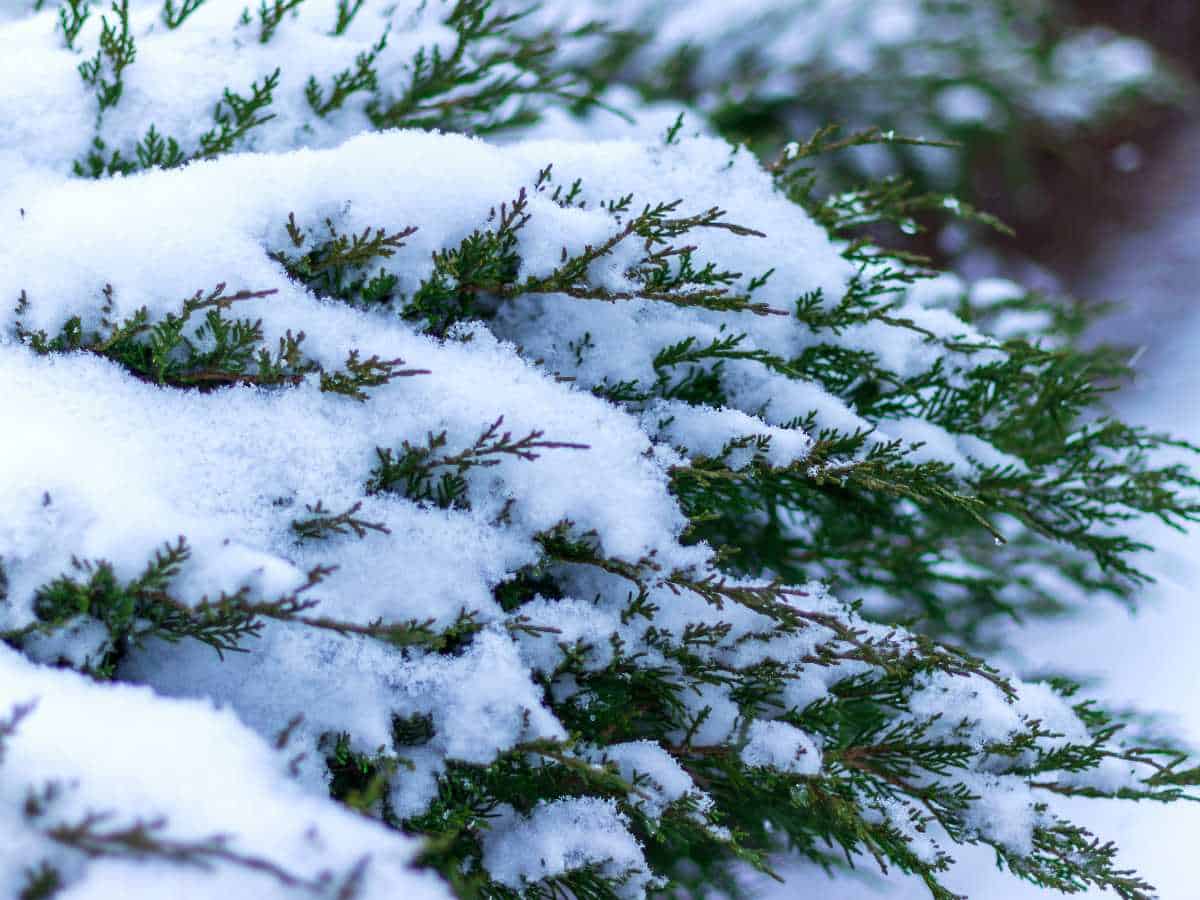
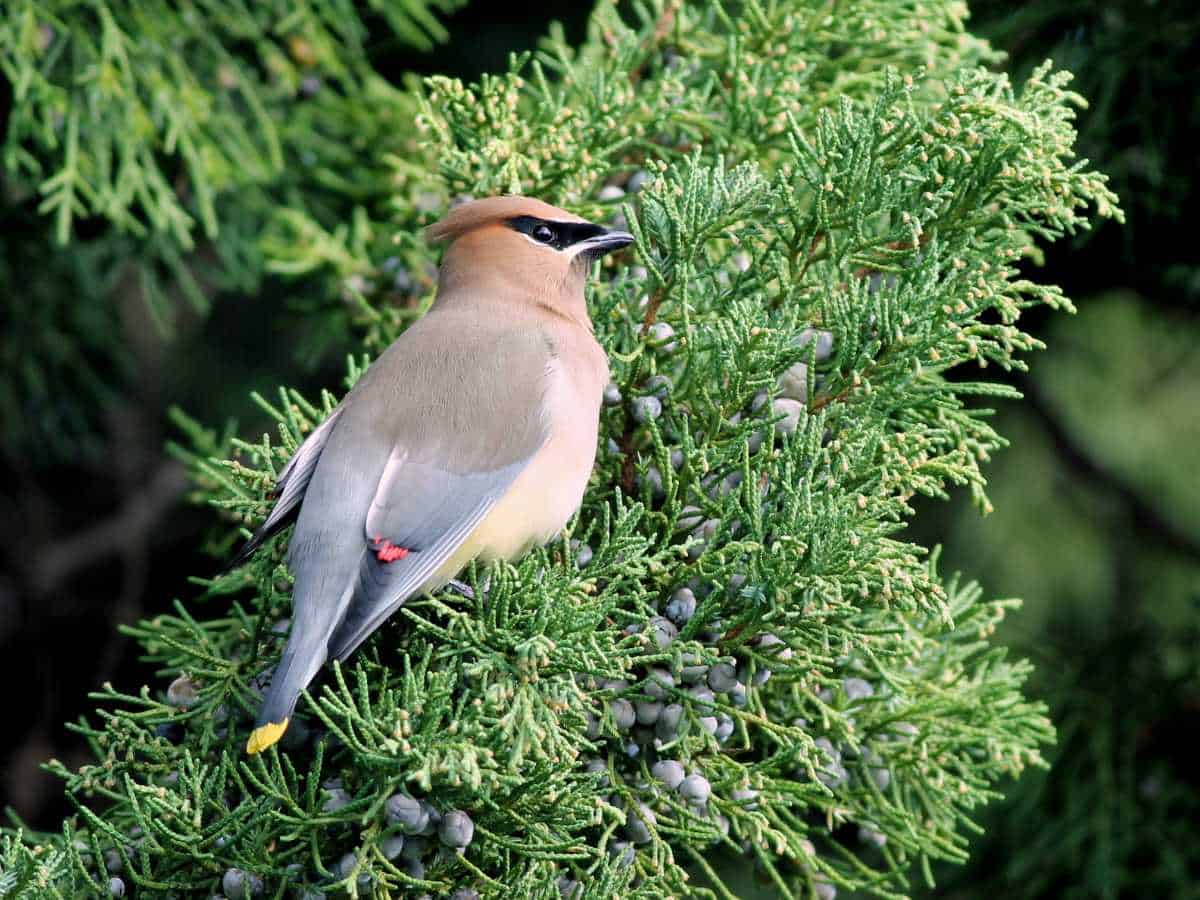
Berries for Winter Interest in the Colorado Garden
Snowberry
These thicket-forming shrubs come in several varieties that offer pink or white berries for a pop of color in the winter. Snowberry is native to many areas of the western U.S. Growing in dry shade, this shrub is another option to provide year-round habitat and food for birds.
I love the Colorado native species (Symphoricarpos albus), which grows to about 5’x5’ when in its natural form, for its lovely white berries.
Another of my favorite varieties is Candy Coralberry (Symphoricarpos x doorenbosii ‘Candy’). This petite shrub has a mature size of 2.5’x2.5’. The lovely pink berries hang on graceful drooping branches, bringing elegance and cheer, as well as feeding and housing local birds.
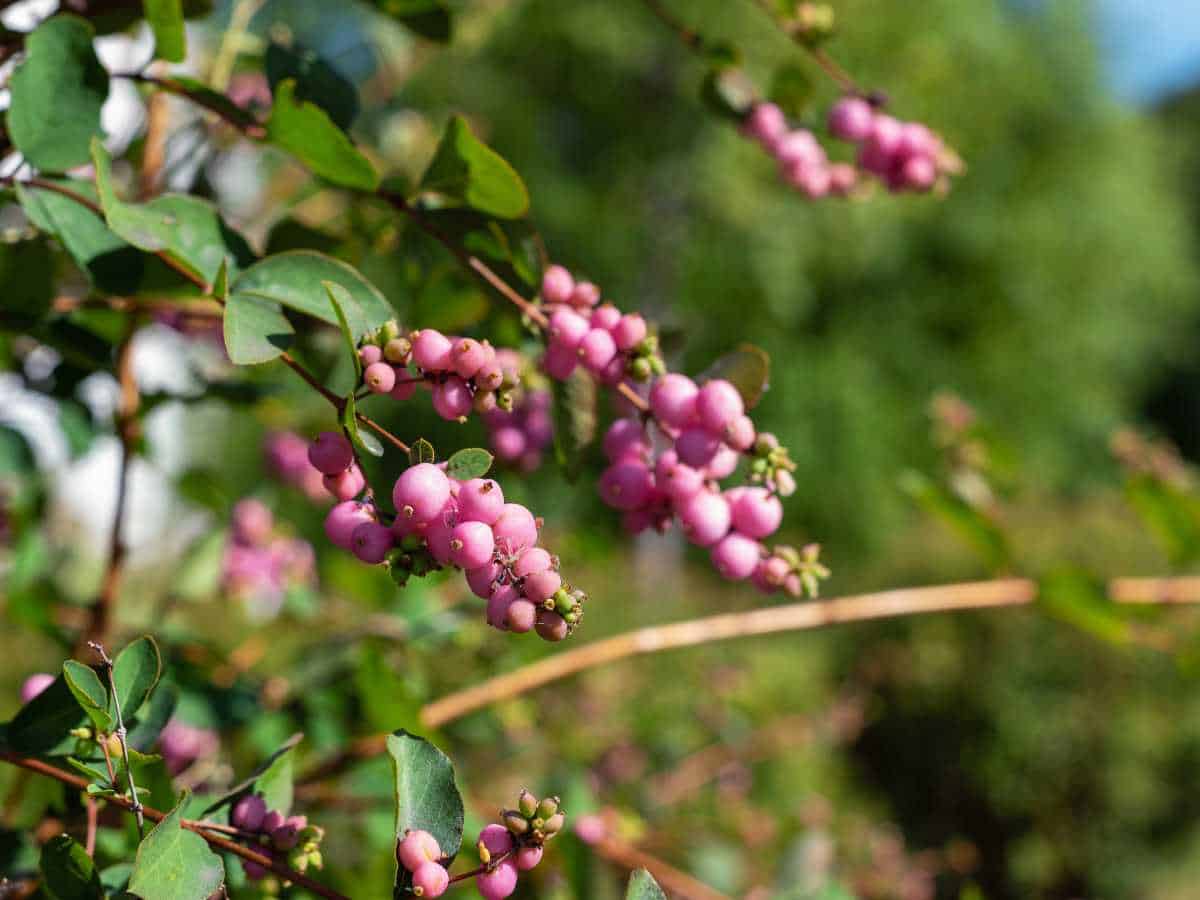
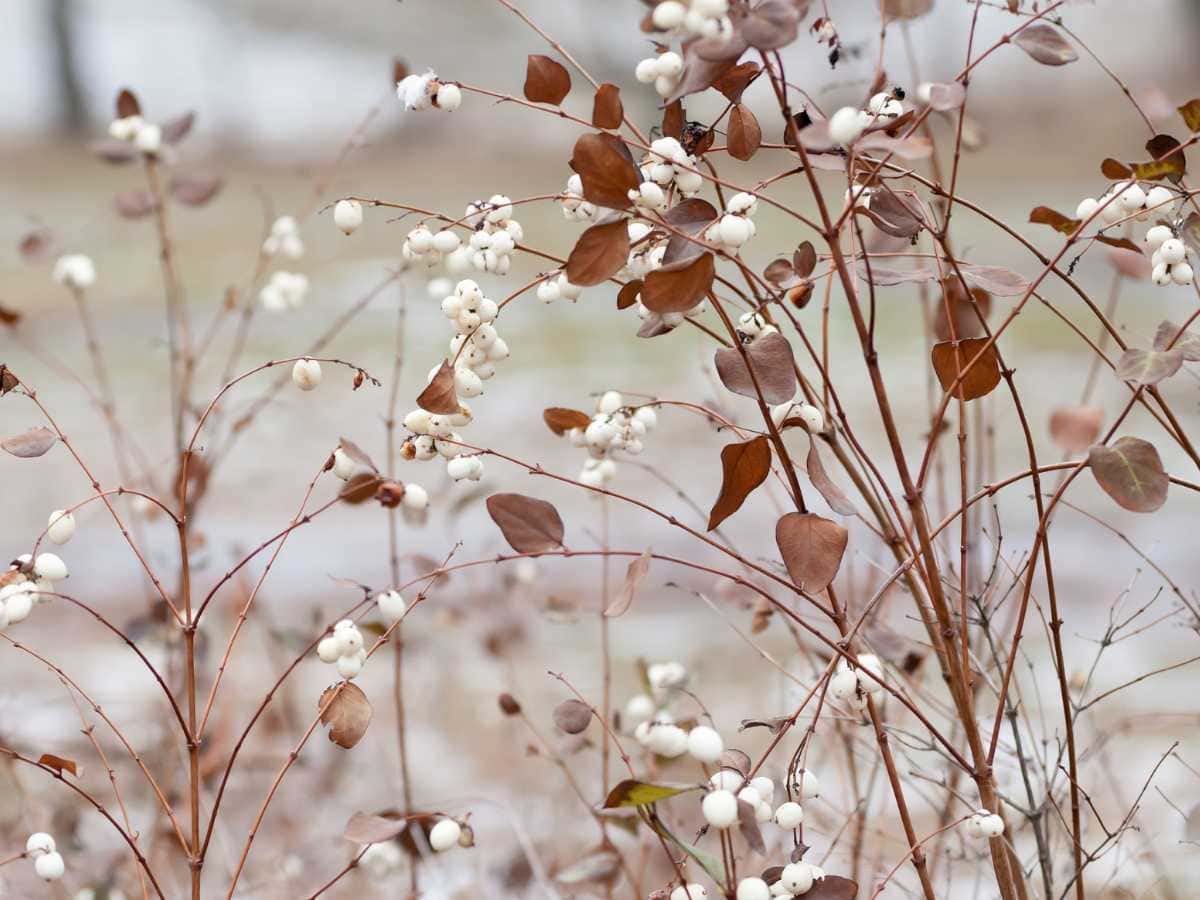
Crabapple
I love crabapple trees for their persistent pink, deep red, orange, and yellow fruit that provide warming colors deep into the coldest months of the year. If pruned correctly, Crabapples have a beautiful shape and multicolored bark, creating a strong and stately structure for the winter garden.
The ‘Prairifire’ variety (Malus ‘prairiefire’) offers bright red fruit that hangs on the branches throughout the early months of the year until spring’s leaves and blooms emerge. This Crabapple is not messy like some varieties and will also provide beautiful pink flowers in the spring.
Another Crabapple variety that stands out in the winter landscape is the super cute and compact ‘Sparkling Sprite’ Crabapple (Malus ‘JFS-KW207). This tree reaches only 10’ tall and 10’ wide and has gorgeous yellow fruit that turns orange as it ages on the tree. This is a new variety to me, and I can’t wait to put more of these trees in my future designs!
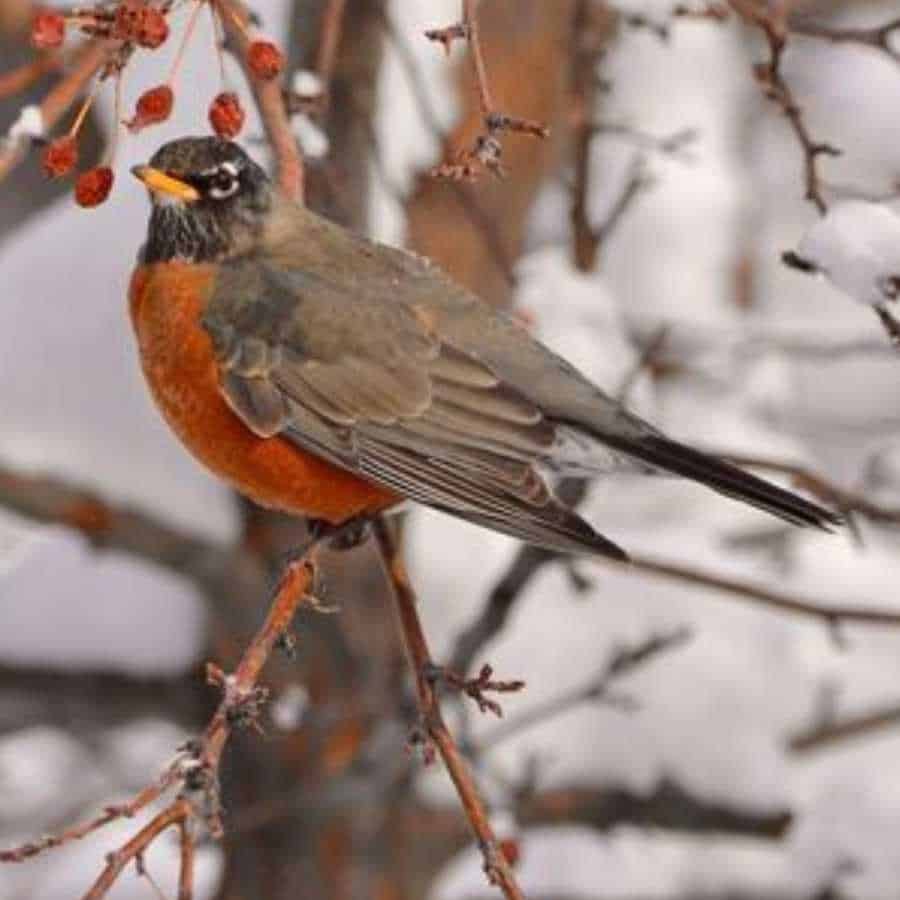
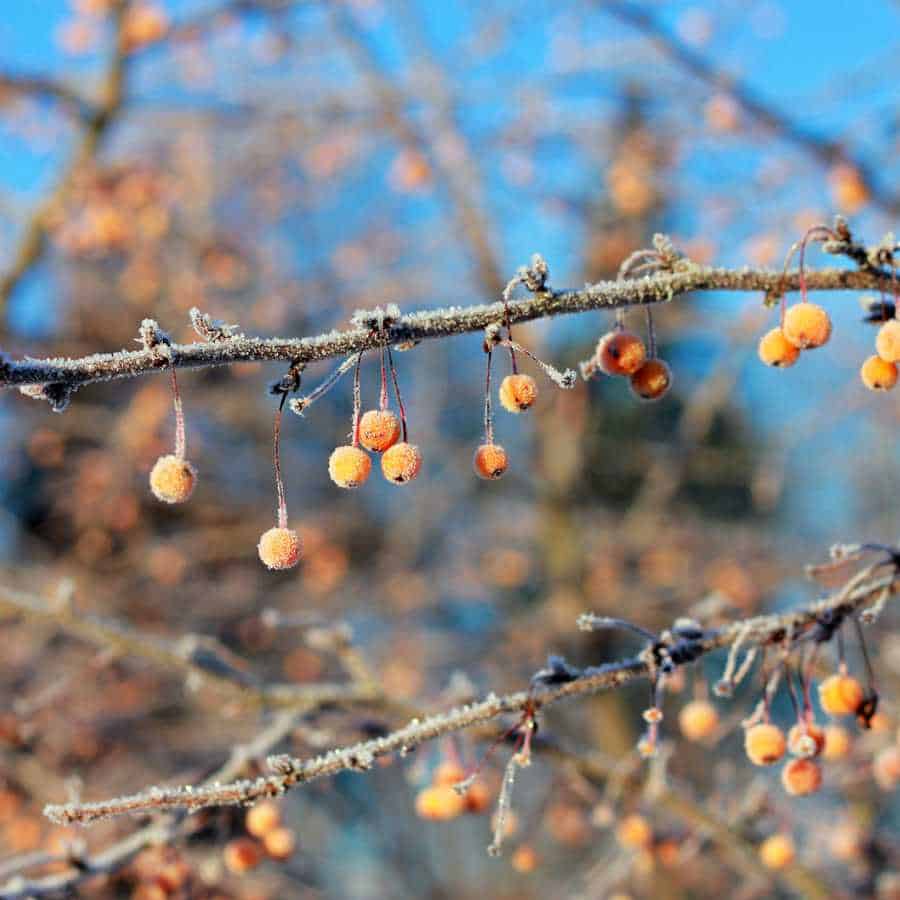
Ornamental Grasses for Winter Interest in the Colorado Garden
Ornamental grasses are a must for any native, naturalized, pollinator-attracting, and bird-friendly landscape in Colorado. Native grasses are not only a staple for grassland critters, but they are also beautiful! Ornamental grasses add whimsy, structural variety, and visual impact throughout the Colorado winter, as well as creating an inviting, food-filled habitat for overwintering butterfly larvae and other important insect species. And, let’s not forget, birds love to eat the grass seeds in the winter and early spring!
switch grass
This tall, striking Colorado native grass adds significant structural variety to winter landscapes. Switchgrass (Panicum virgatum) is especially beautiful in the early winter months when the leaves and seed pods offer up splashes of red and gold. The lacy-textured seeds also invite birds to forage on the ground around these grasses. Some of my favorite varieties of Switchgrass include ‘Shenandoah’ (Panicum virgatum ‘Shenandoah’, ‘Heavy Metal’, and ‘Hot Rod’.
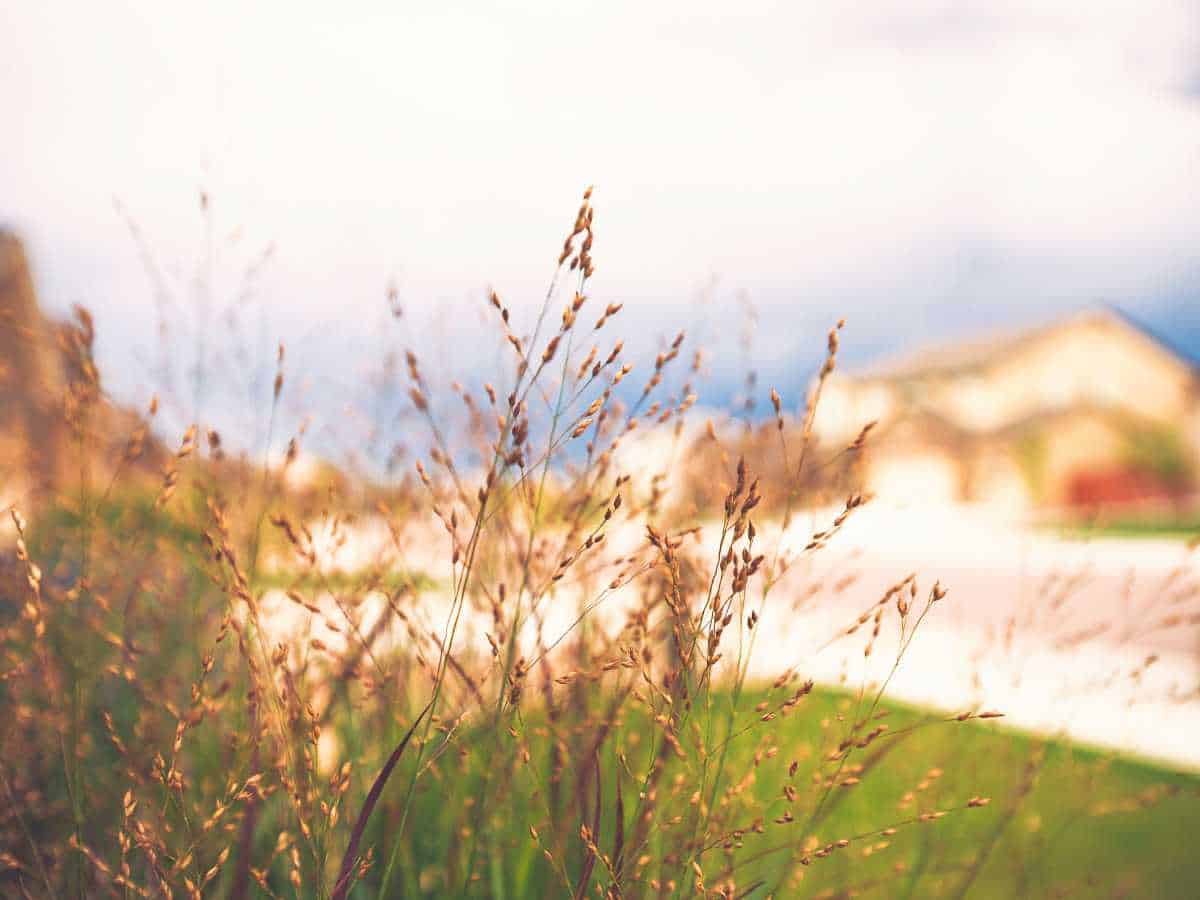
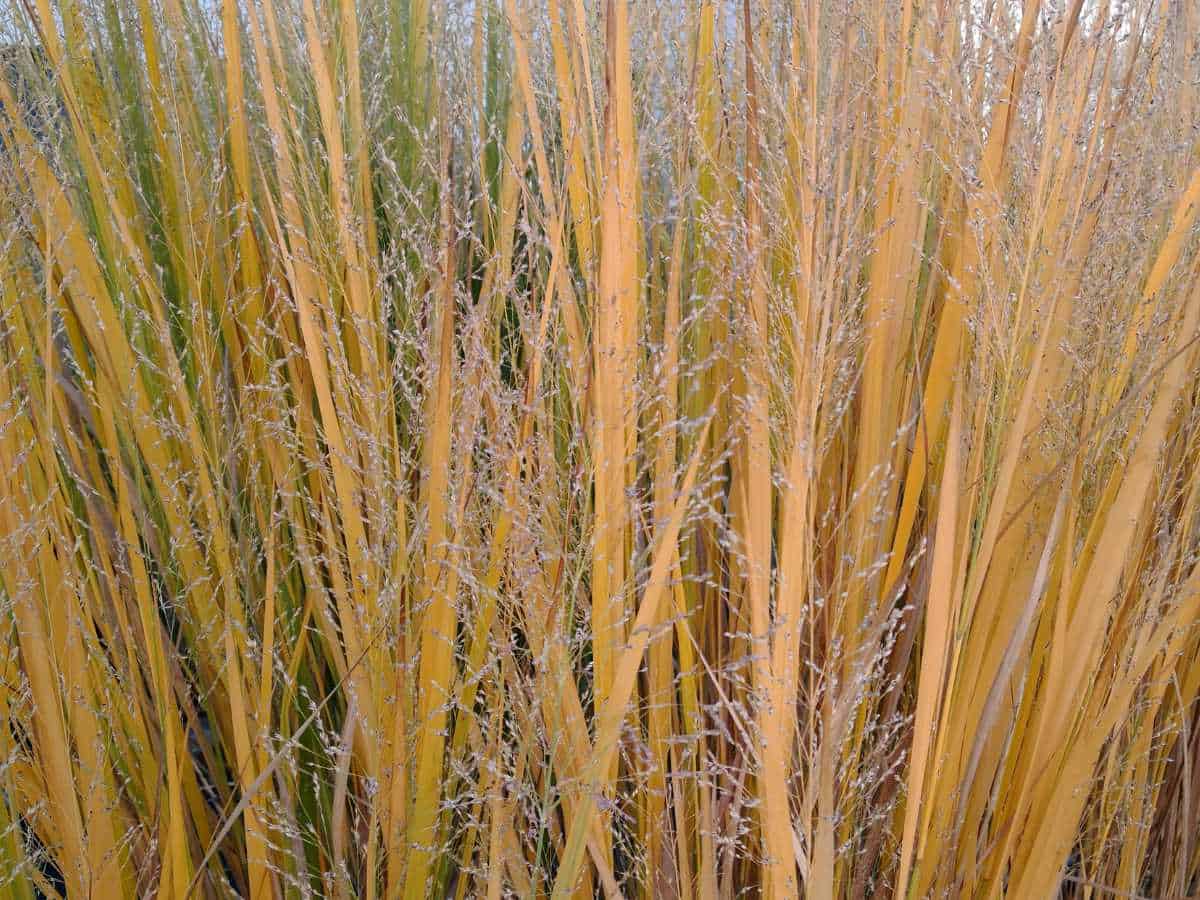
Prairie Dropseed
The gold stems and wispy seeds of Prairie Dropseed (Sporobolus heterolepsis) last through early winter, providing a delicate texture to the winter garden. The mounded foliage of this Colorado native grass adds a noticeable visual contrast to the vertical forms of other ornamental grasses and perennial stems.
Little Bluestem
This Colorado native grass gets its name from its fine blue foliage that emerges in the spring. But its color journey doesn’t end after the early growing season. As the months progress, the leaves begin to turn purple, then red, and, finally, a gorgeous rusty orange color that persists well into winter. The white seed heads also seem to glow when backlit by the low winter sun. Little Bluestem (Schizachyrium scoparium) offers a uniquely beautiful color that is unmatched in the Colorado winter landscape.
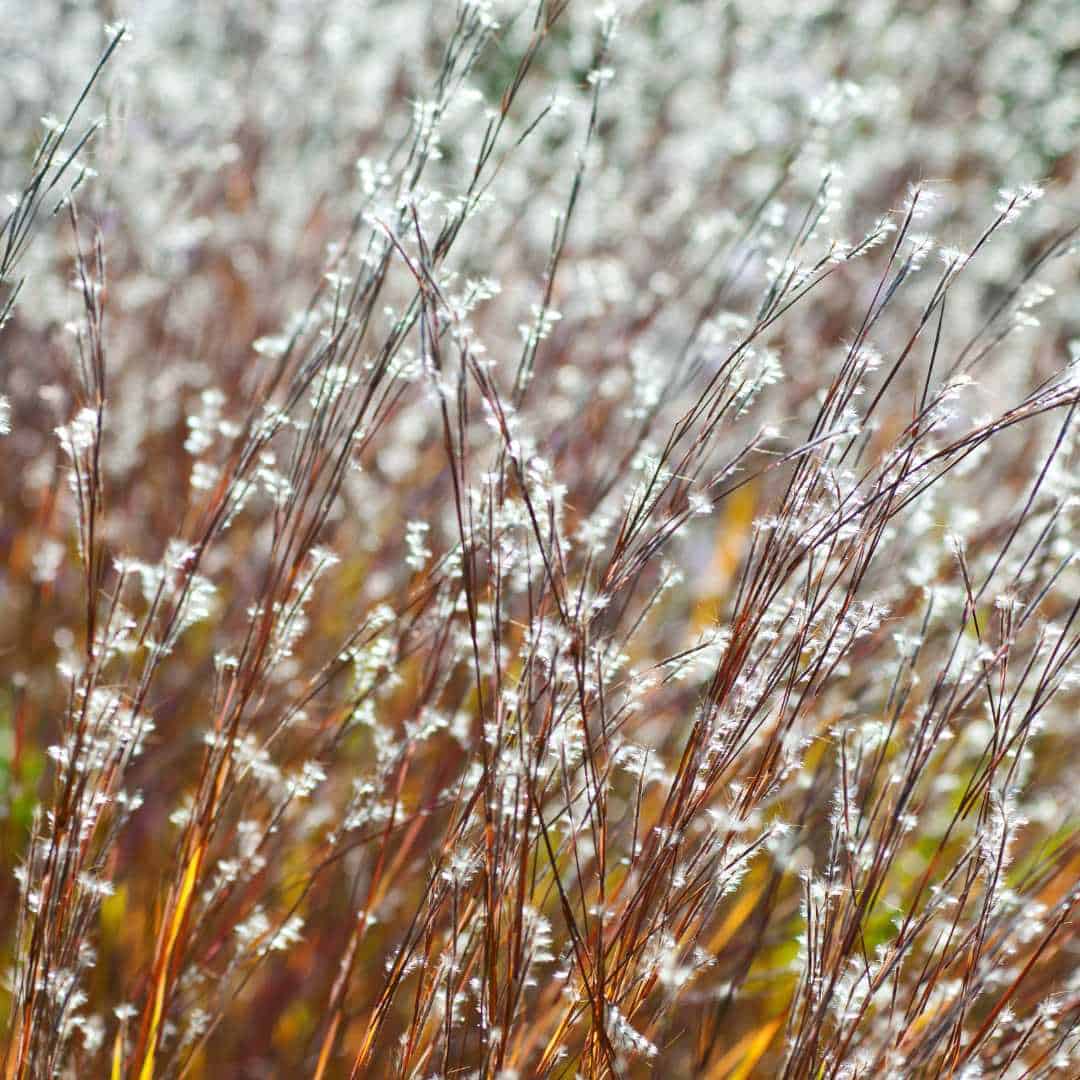
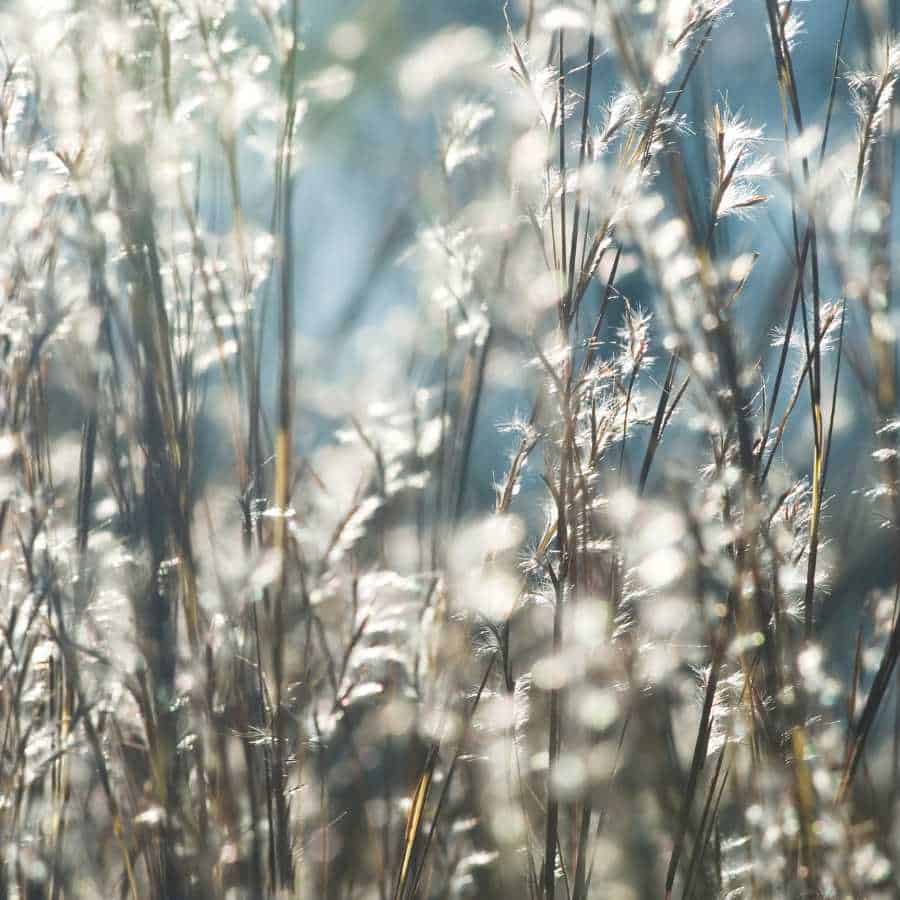
Perennials and Herbaceous Plants for Winter Interest in the Colorado Garden
Penstemon
There are 280 species of Penstemon native to North America, and more than 60 species that are native to Colorado.
One of my favorite and easiest to find varieties is Rocky Mountain Penstemon (Penstemon strictus). The skeletal seed pods of this Colorado native perennial provide food for birds and form interesting shapes in the winter. The evergreen foliage at the base of the plants turns from a dark green to a reddish purple in fall, providing year-round ground color between snows.
Purple Coneflower
This long-blooming perennial, also commonly known as Echinacea (Echinacea purpurea), doesn’t stop giving to the garden after its petals fade. Leave the stalks and seed heads standing in the winter to add some dramatic structural variety to your landscape. The stems and seeds of this Colorado native also attract colorful birds such as Cardinals and Goldfinches. Because this perennial is well adapted to Colorado soils and conditions, you might get a few volunteer plants popping up in the garden in the spring as a bonus!
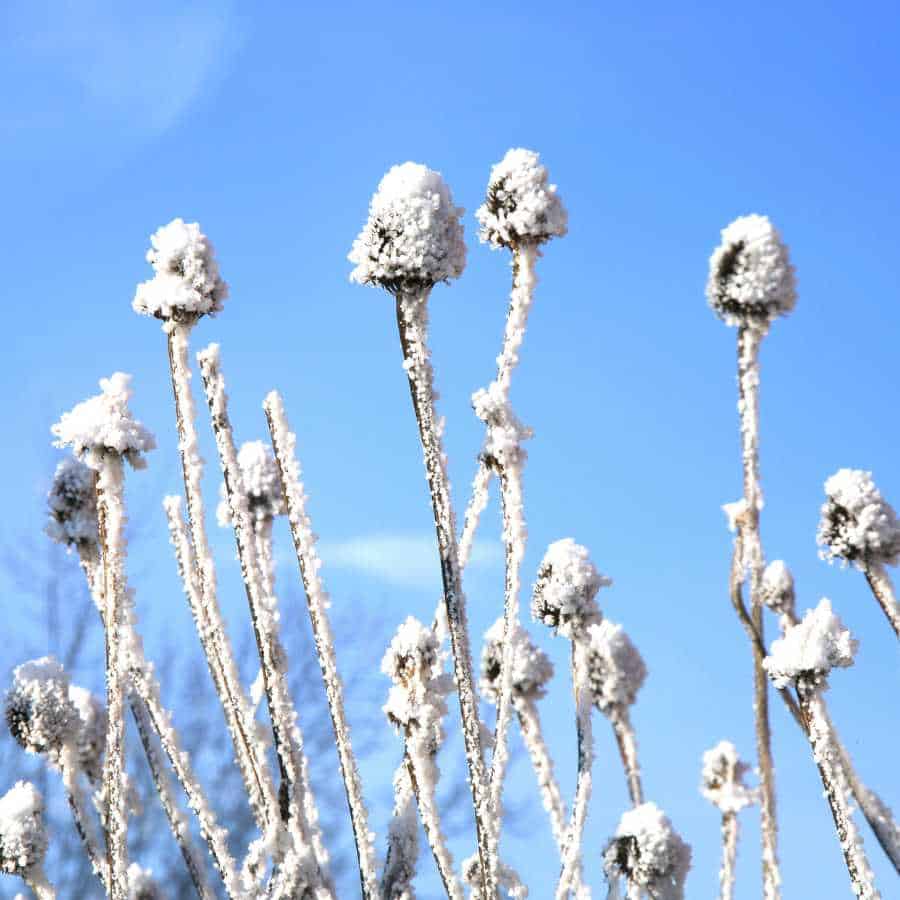
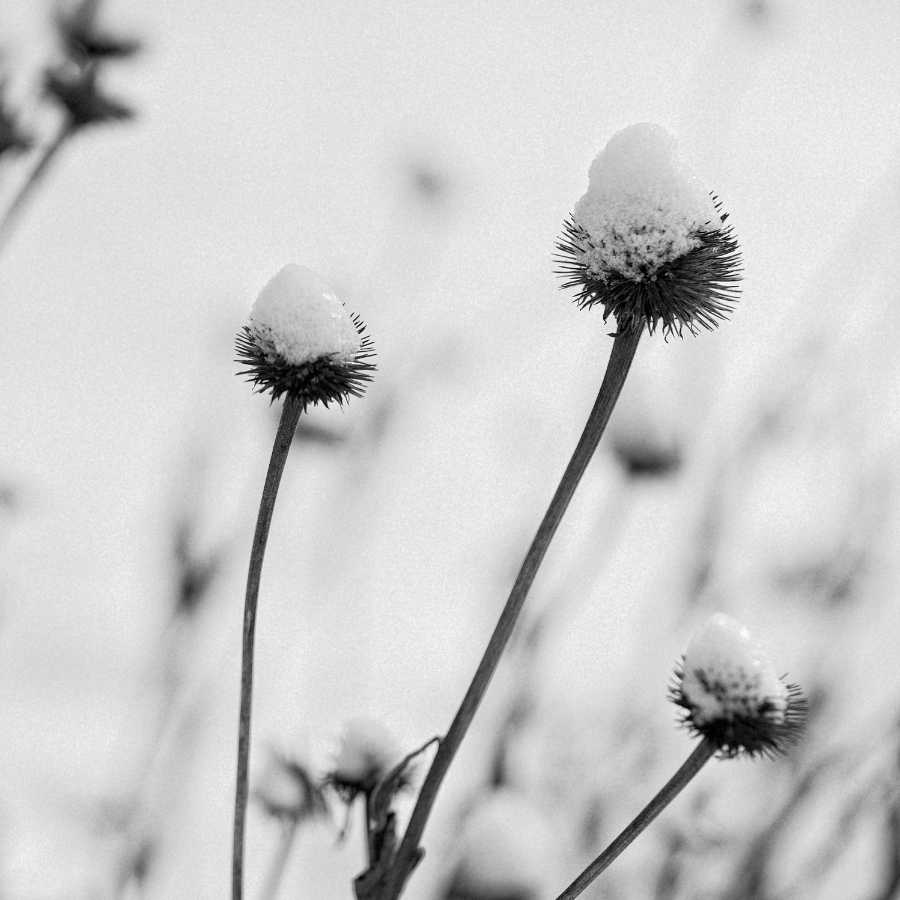
Milkweed
Although they might look a little wild and unruly for a highly manicured garden, Milkweed is gorgeous in landscape designs inspired by naturalized prairies or wild meadows. The unique seed pods of Milkweed are especially striking during winter, with a spiraling, skeletal structure. Birds also use the strong fibers and silky seeds to build nests.
This Colorado native plant is vital to Monarch Butterflies’ survival. Monarchs lay their eggs on the underside of milkweed leaves, so, if you love butterflies, plant some Milkweed!
Colorado native varieties of Milkweed include Swamp Milkweed (Asclepias incarnata) and Showy Milkweed (Asclepias speciosa).
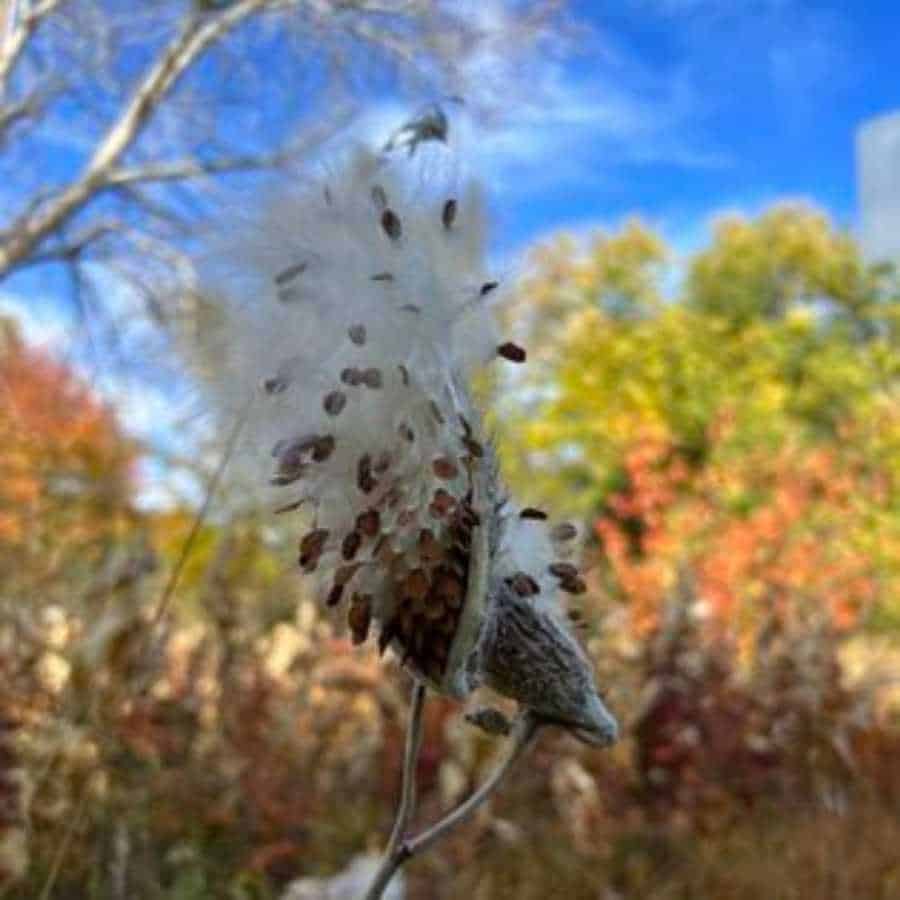
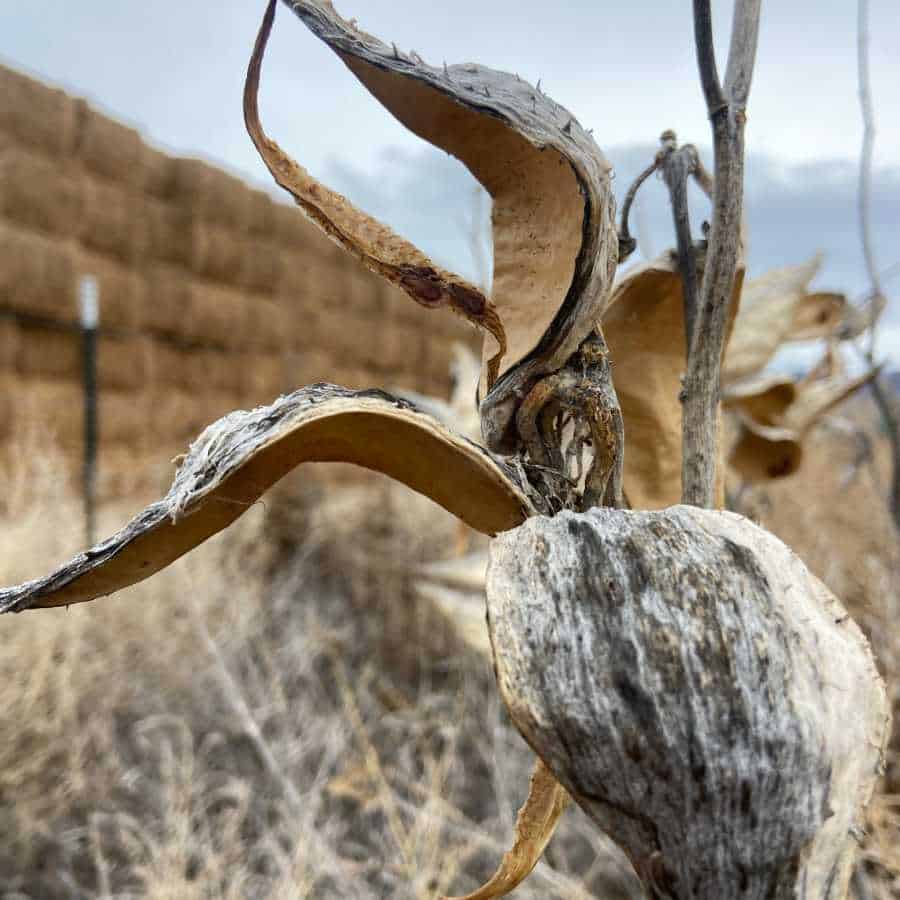
Shrubs for Winter Interest in the Colorado Garden
Rabbitbrush
Rabbitbrush (Chrysothamnus nauseosus) is a longtime favorite of mine for Colorado winter gardens.
It has striking seed heads and a sturdy, mounded structure that holds up to heavy snow. Its rounded form makes it another plant that offers a visual contrast to tall junipers and grasses. Rabbitbrush is extremely drought-tolerant and deer-resistant, making it a perfect choice for any low-water garden in Colorado.
Rabbitbrush is native to Colorado and the Desert Southwest, so it is extremely well adapted to the climate. It is also a favorite of butterflies and native bees in the late summer and autumn.
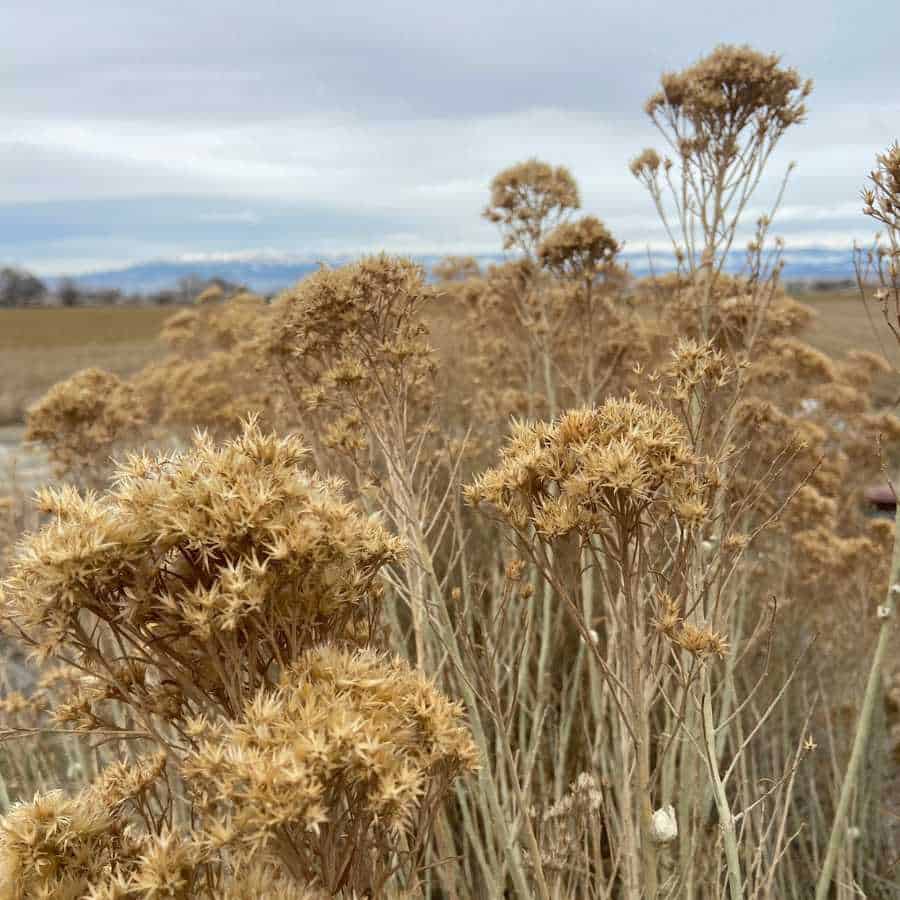
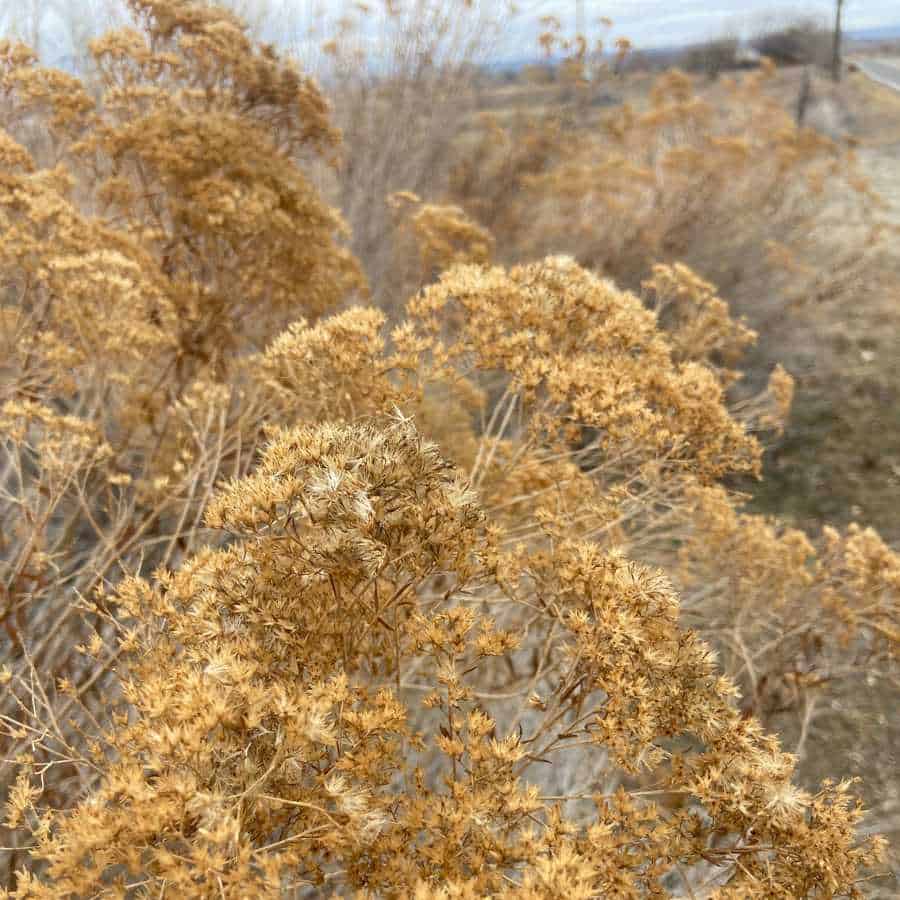
Red or Yellow Twig Dogwood
This Colorado native shrub has vibrant red or yellow twigs that provide pops of color that stand out amongst mostly brown and gray winter landscapes. Dogwoods come in many sizes and colors, and there are varieties with green, gold, and variegated foliage.
The red twig varieties (Cornus sericea) with bright red stems pair especially well with the orange hue of Little Bluestem and the cool blue of Colorado Blue Spruce in the winter.
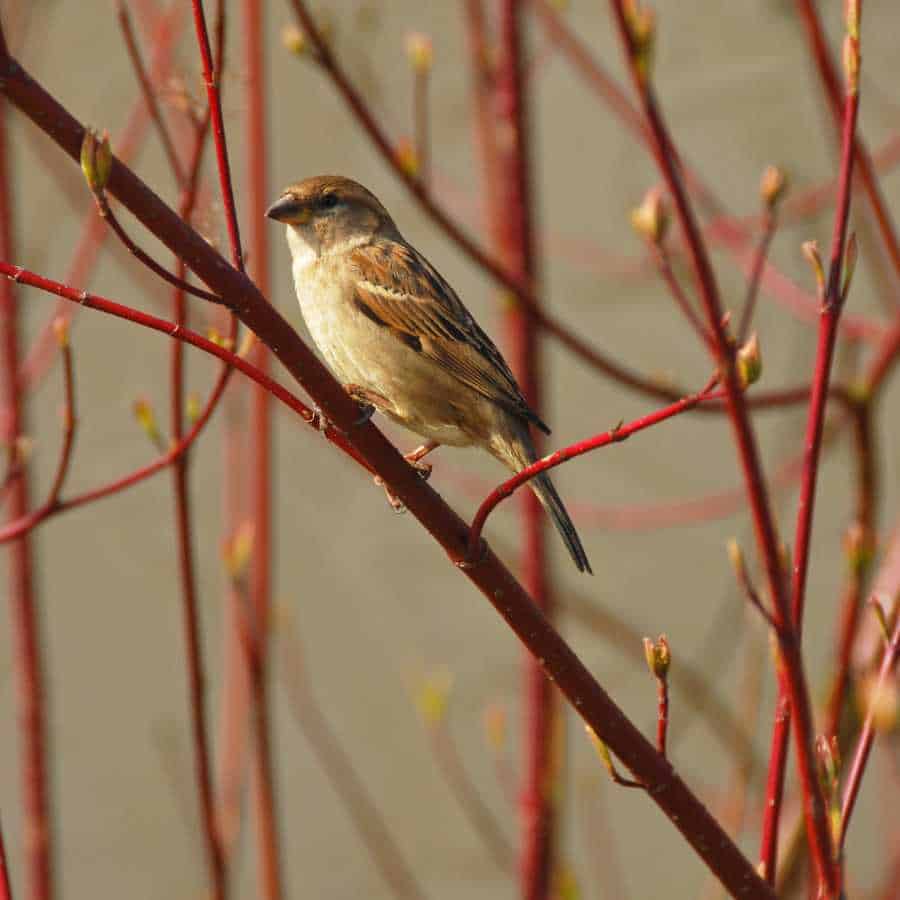
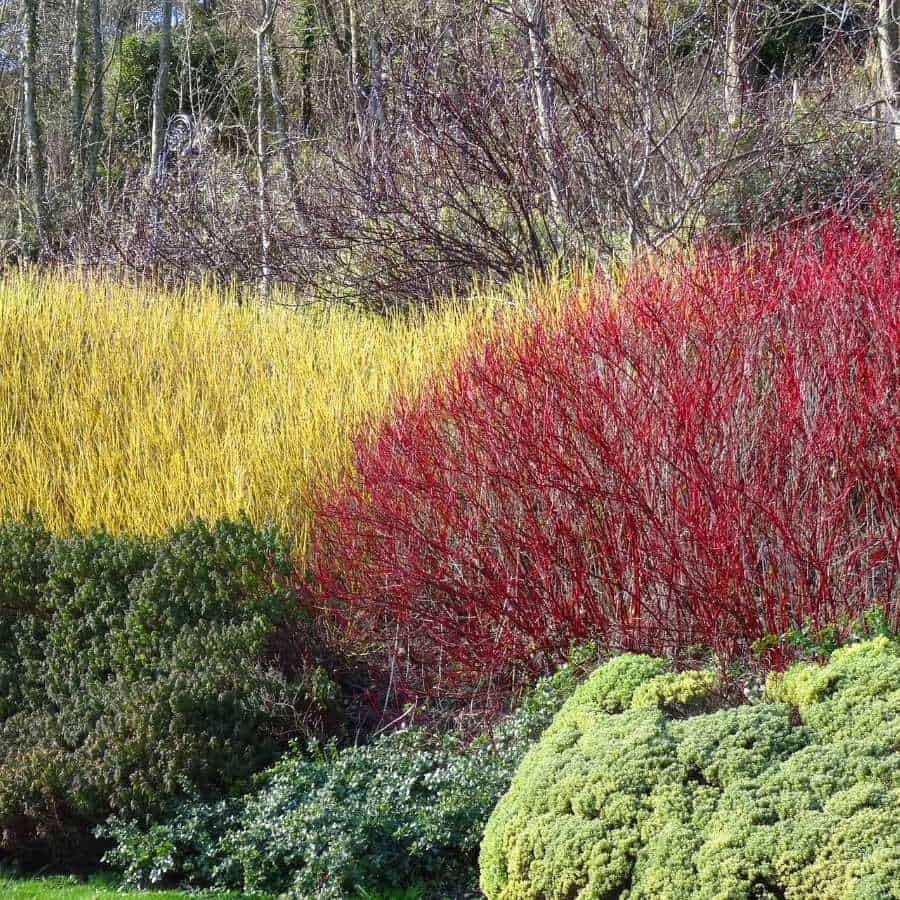
Ground Cover Plants for Winter Interest in the Colorado Garden
Turkish Veronica
Turkish Veronica (Veronica liwanensis) retains its leaves very late into the winter providing a dark green ground cover that peeks out from under the snow. It grows vigorously, but not invasively. However, it will completely cover the ground when planted correctly, so think about planting it around taller, contrasting colored plants.
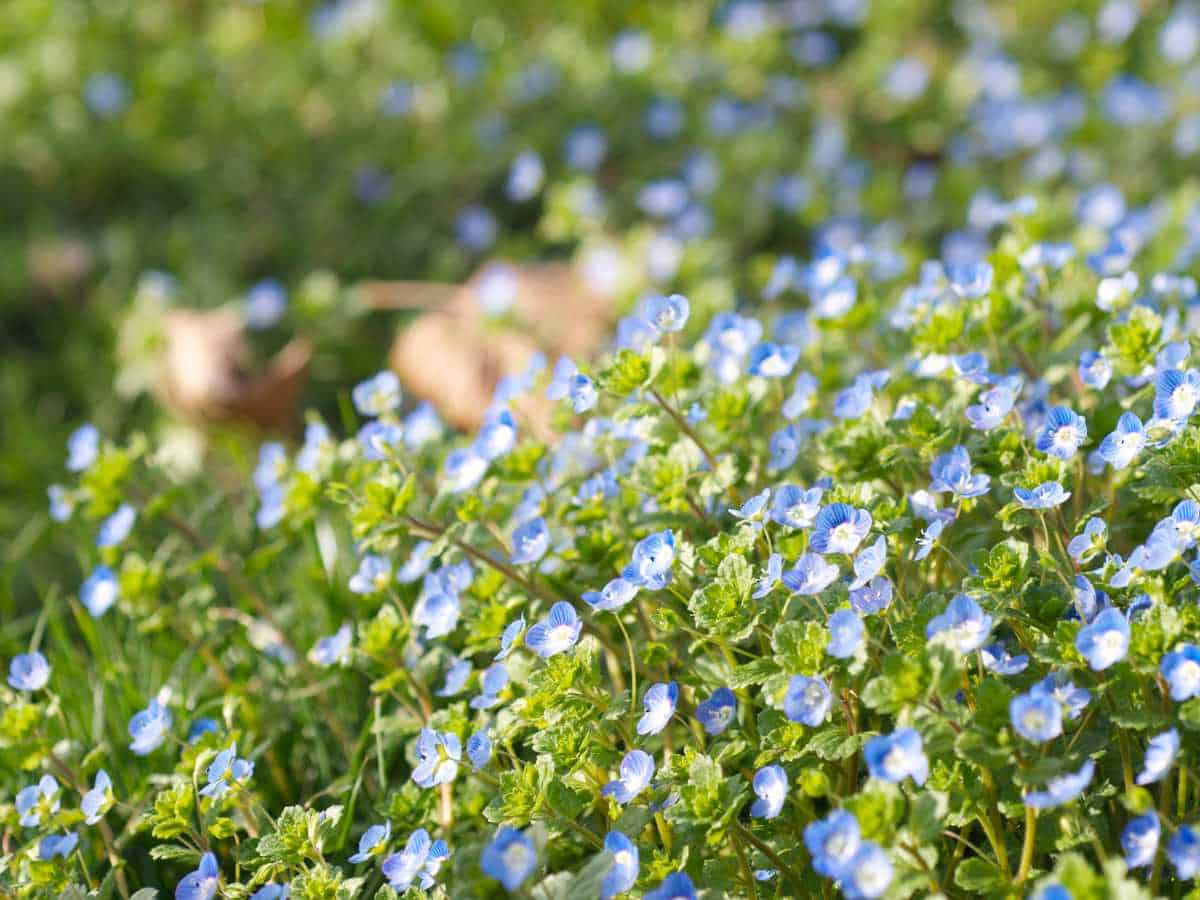
Woolly thyme
Woolly thyme (Thymus pseudolanuginosus) is a personal favorite groundcover of mine in any season, but especially because it keeps its soft, grayish green, wooly foliage deep into winter. It turns a slightly reddish purple color in the later months of winter, providing a noticeable contrast to the muted colors of many other plants and the white crystals of snow.
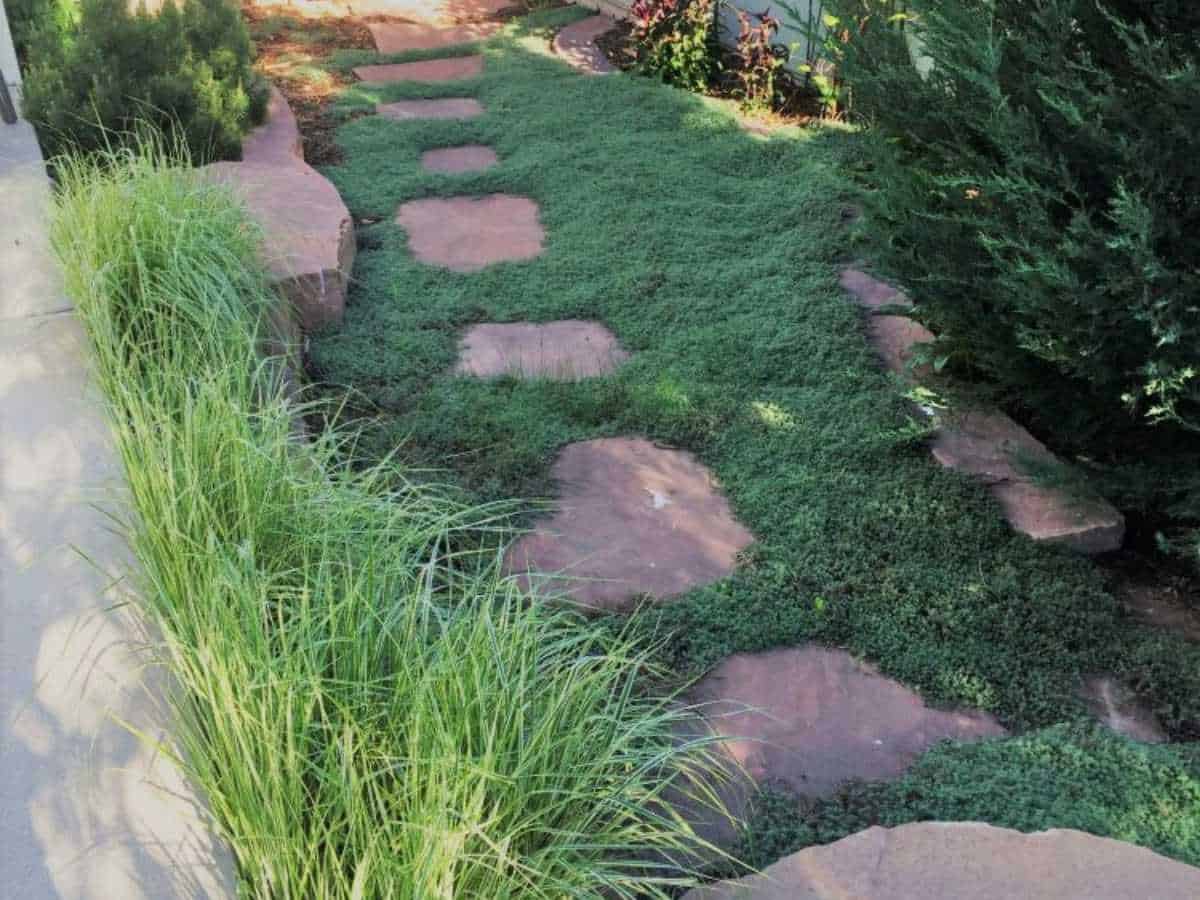
I hope these plant suggestions have inspired you to think creatively about your winter landscape. With a little planning and a few thoughtful plant choices, you can bring color, beauty, life, and wonder to your garden even in the coldest winter months.
Stay up to date on the latest blog posts, classes, webinars, and events from Online Landscape Designs.
Sign up for our newsletter and more below:

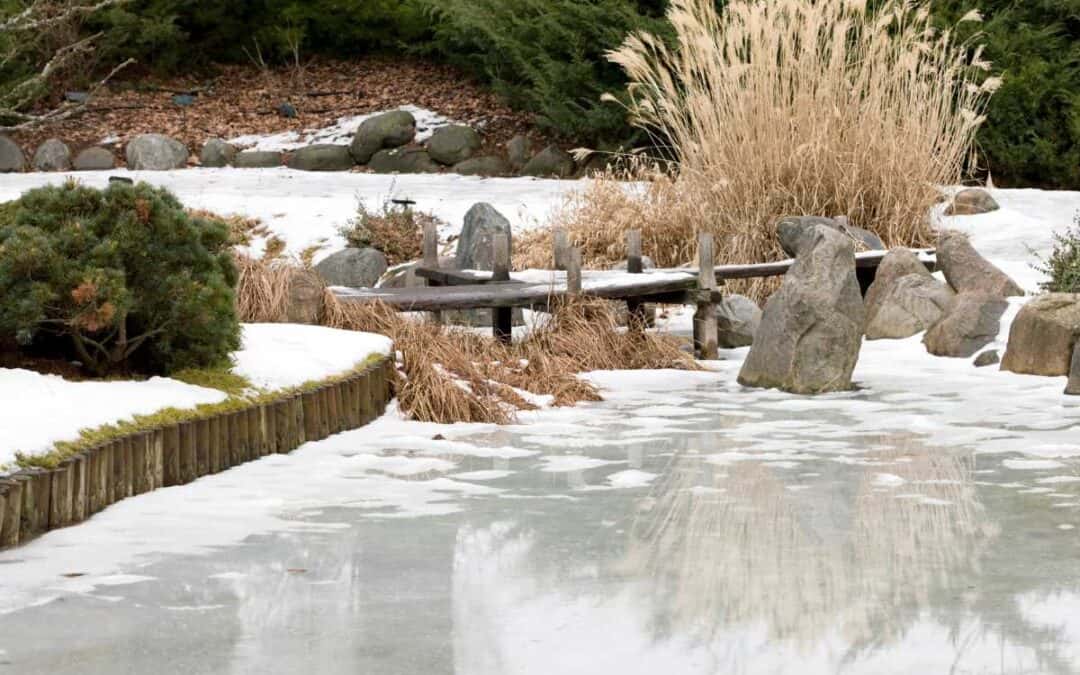
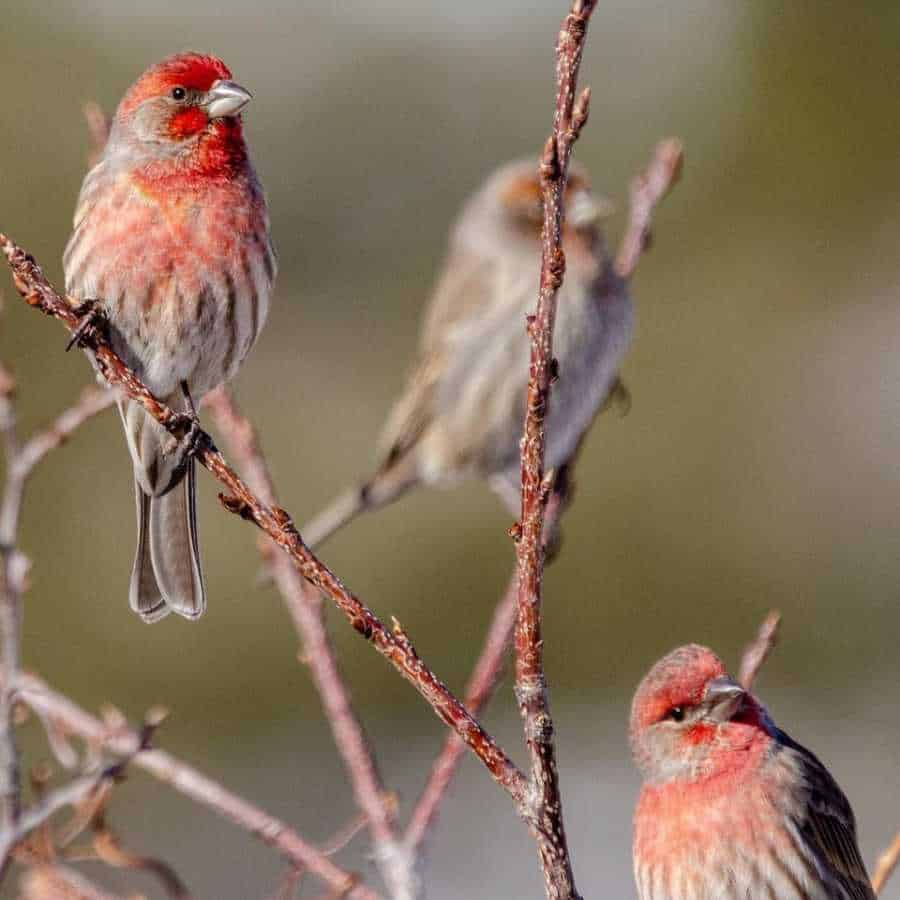
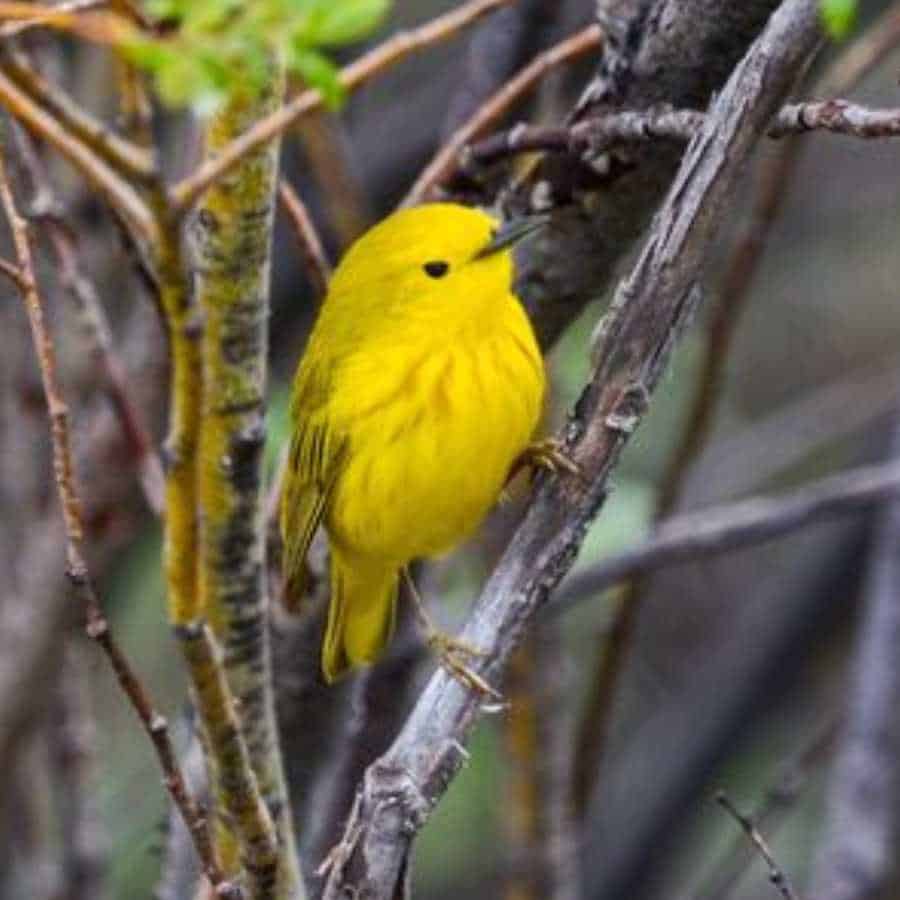
Recent Comments